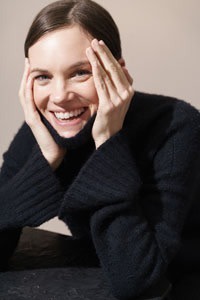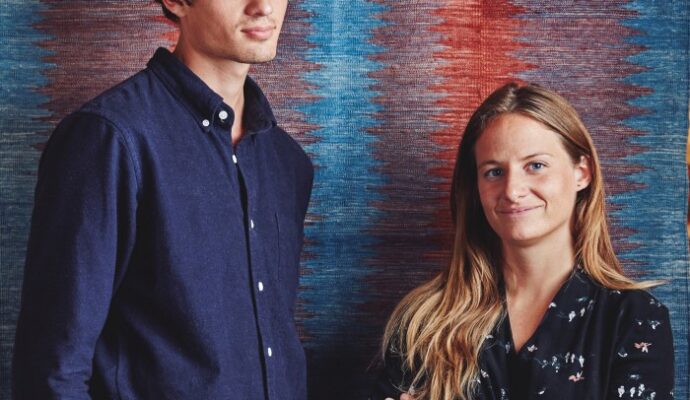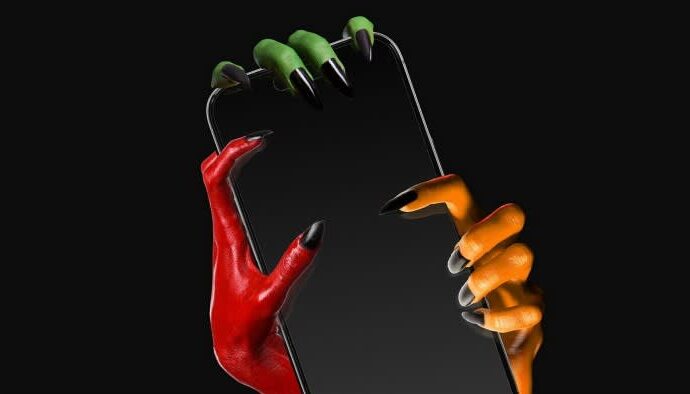Unlock the Editor’s Digest for free
Roula Khalaf, Editor of the FT, selects her favourite stories in this weekly newsletter.
When Pi Li left Hong Kong’s M+ contemporary art museum last year, it came as something of a surprise. Over a decade as senior curator and head of curator affairs, he had helped to acquire more than 1,500 works from Uli Sigg’s collection of contemporary Chinese art and felt like a fixture there. But before that he had been a versatile stalwart of the mainland Chinese art world as a teacher, curator, critic and even producer of a film that won a prize at Cannes.
Now, a year into his role as head of art at Hong Kong’s Tai Kwun Contemporary, Li has returned to his roots. In 2005, he had co-founded, with the Berlin heavyweight Waling Boers, the influential project space Universal Studio Beijing, quickly renamed Boers-Li Gallery after a legal letter from the movie studio in California.
“As a young curator at that time, we found that the size of the commercial collecting culture had become too strong,” he says. “We wanted to create something to balance that, something more academic.” Inspiration came from Glasgow, where Li completed a British Council residency. “There were nearly no commercial galleries, but great artist spaces like [the not-for-profit] Tramway. I got back to China and said we have to do something like that.
“There was a lot of idealism at that time and we did some very interesting projects,” he says. Several passionate artists and collectors made donations to help with the space, which opened in a warehouse in the same area on Beijing’s periphery where Ai Weiwei had started a gallery. Li juggled his duties as a curator with the demands of a PhD and a teaching gig at Beijing’s Central Academy of Fine Arts. Soon, he was mounting the debut solo show of Monica Bonvicini in China. But the not-for-profit model proved unsustainable.
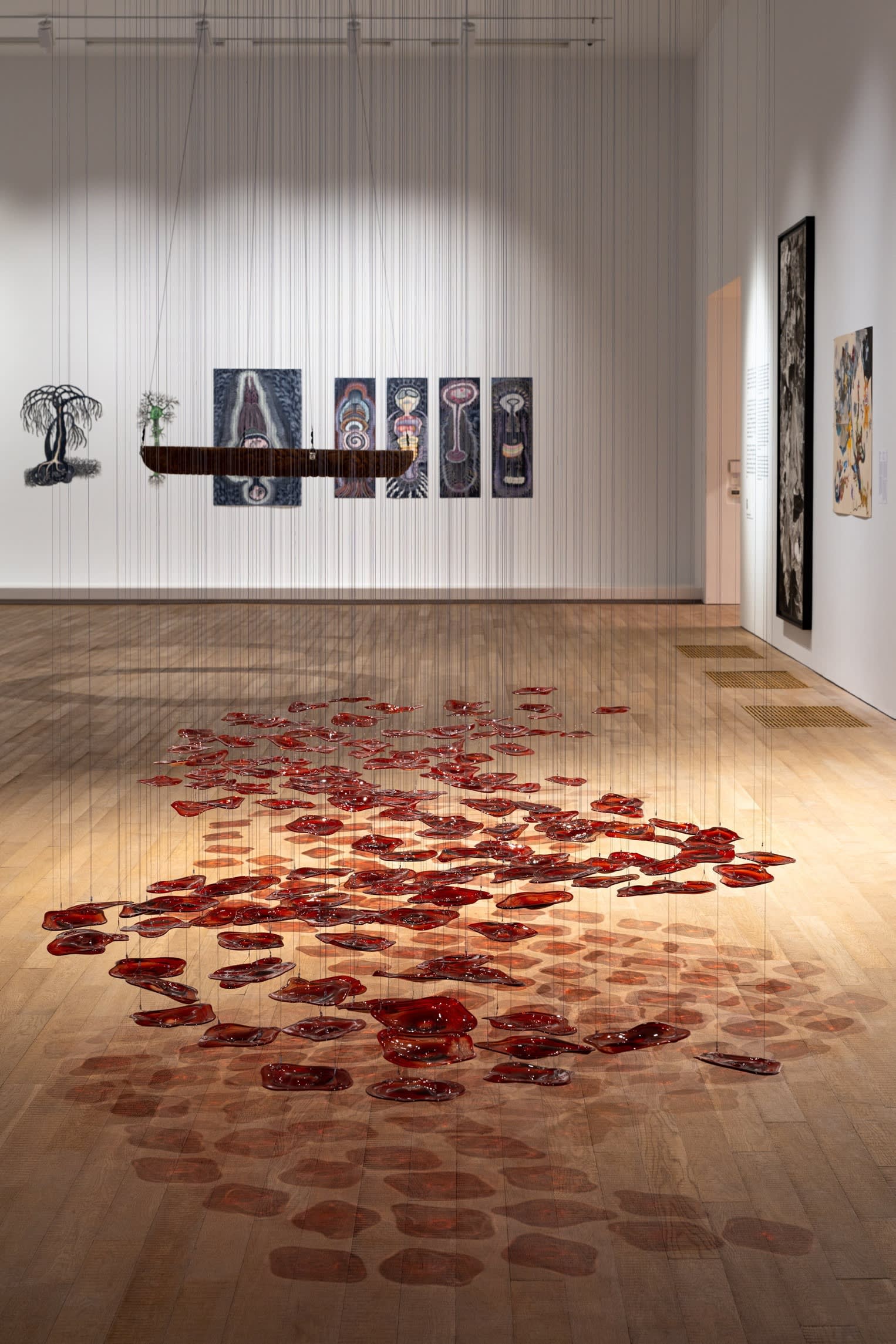
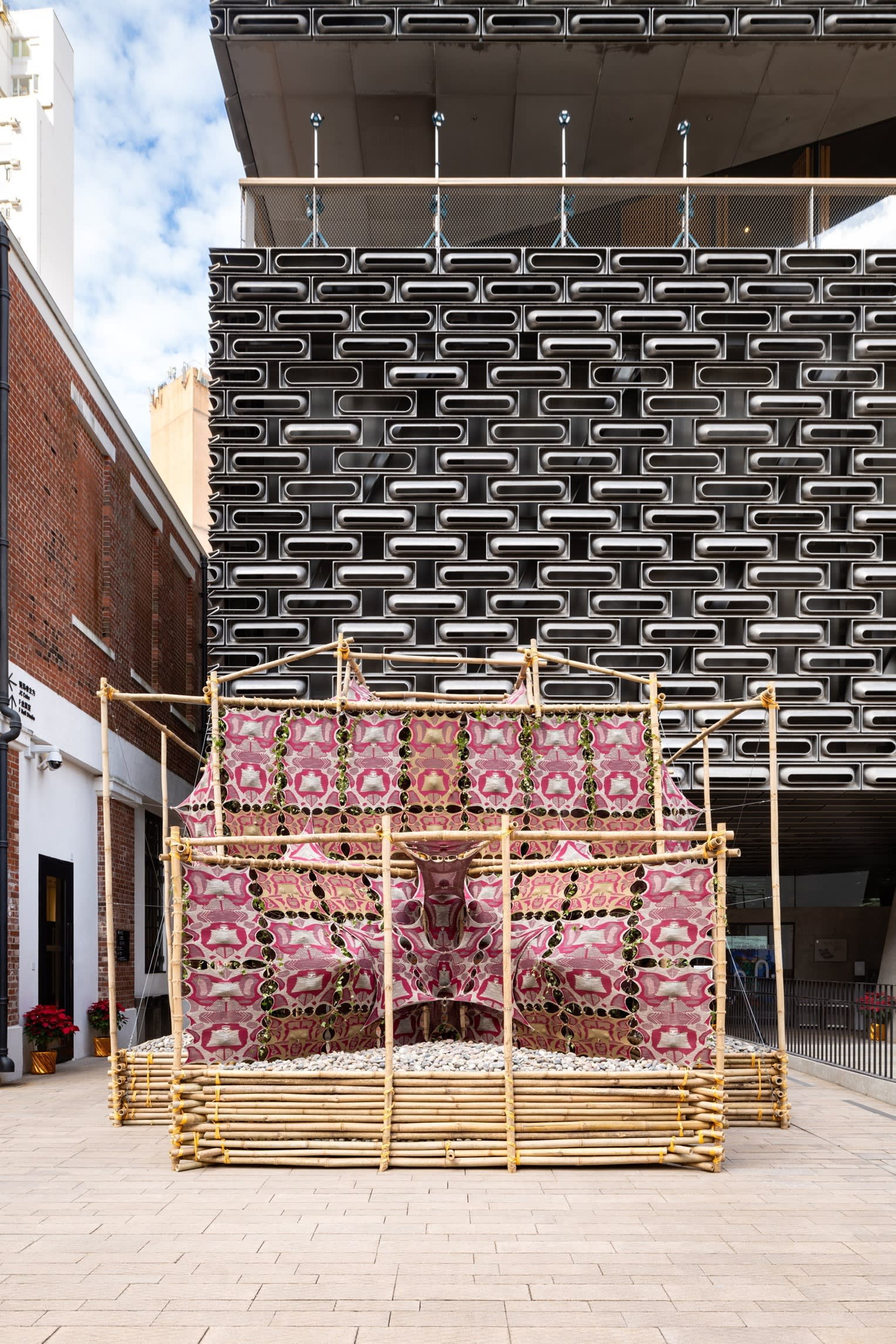
Rather than give up, Li overhauled Boers-Li and established himself as a gallerist. By 2009, he was showing artists such as Qiu Anxiong and Liang Yuanwei at Art Basel and New York’s Armory Show. “I liked it at first, it was a totally different way to realise your idea. But several things changed. I found my relations with the artists became weird,” he says. He was representing, and was responsible for the fates of, those he had considered his friends and colleagues. Li found himself no longer certain if his opinions “were being shaped by creative or commercial perspective”.
His long stint at M+ not only clarified his vision but also provoked nostalgia. “In the last several years, I felt another part of me awakening and I started missing my earlier period when if you want to do something, you can make it happen,” he says. This time, however, he starts with a massive capital investment of HK$3.8bn (US$486mn) in Tai Kwun by the Hong Kong Jockey Club.
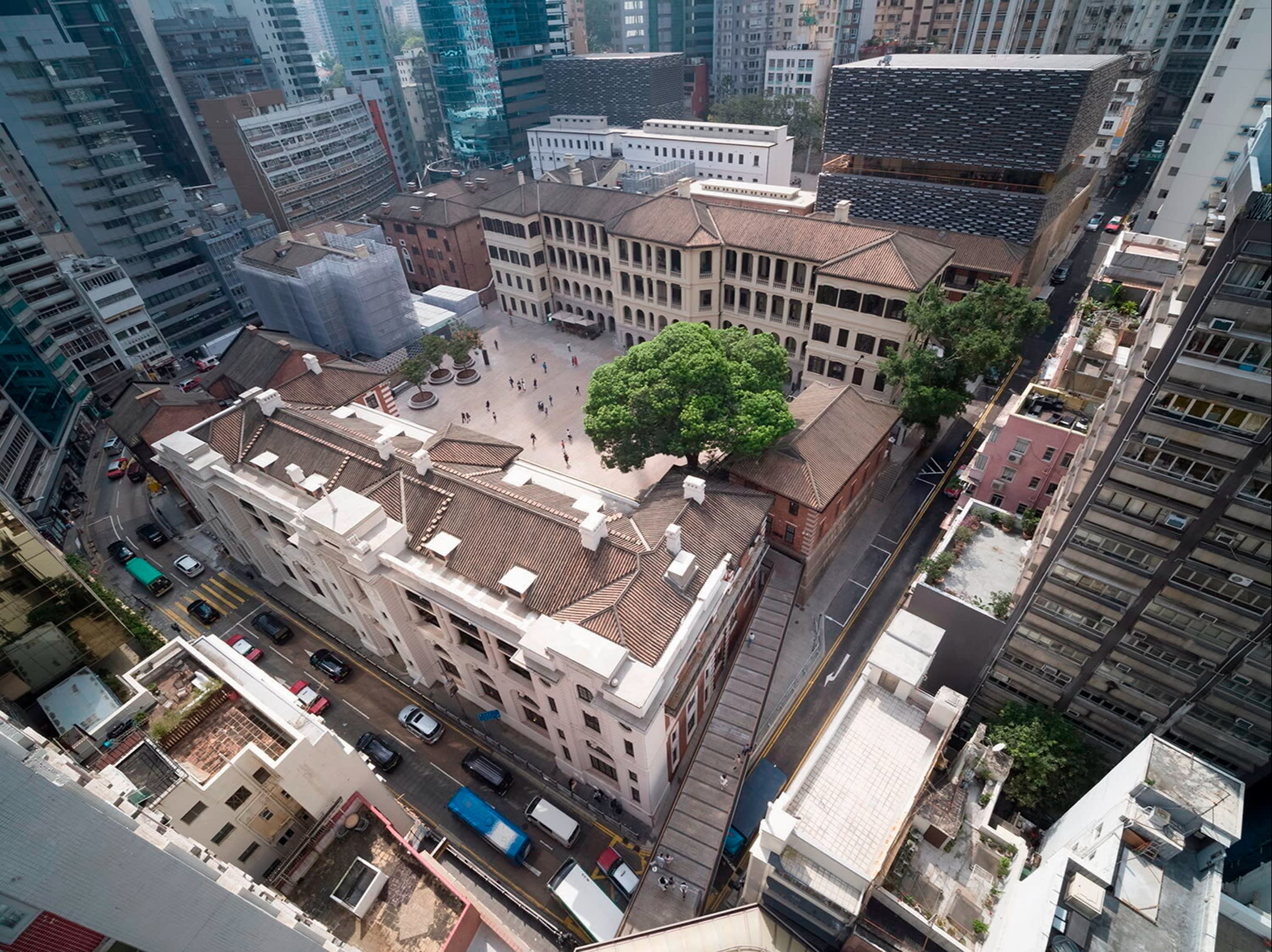
“We can do projects that are less commercial but maybe more important like the upcoming Bruce Nauman show,” he says. “That needs significant resources.” This will be his first undertaking, scheduled to open in May and the artist’s most significant show to date in the region. Closing the year will be a solo presentation from Alicja Kwade.
“It is a balance of building up connections to Hong Kong as well as beyond,” says Li. His ambition is to develop Tai Kwun Contemporary into an “open and mature platform” that is accessible to Hong Kong’s diverse population. He is willing to shake things up by addressing themes that others may deem too provocative. The programming, promising up to five exhibitions a year, includes thematic shows around burning issues by a new generation of artists from across Asia. Green Snake (to April 1) engages with ecofeminism, while Myth Makers — Spectrosynthesis III, in partnership with the Sunpride Foundation, was centred on LGBTQ+ artists.
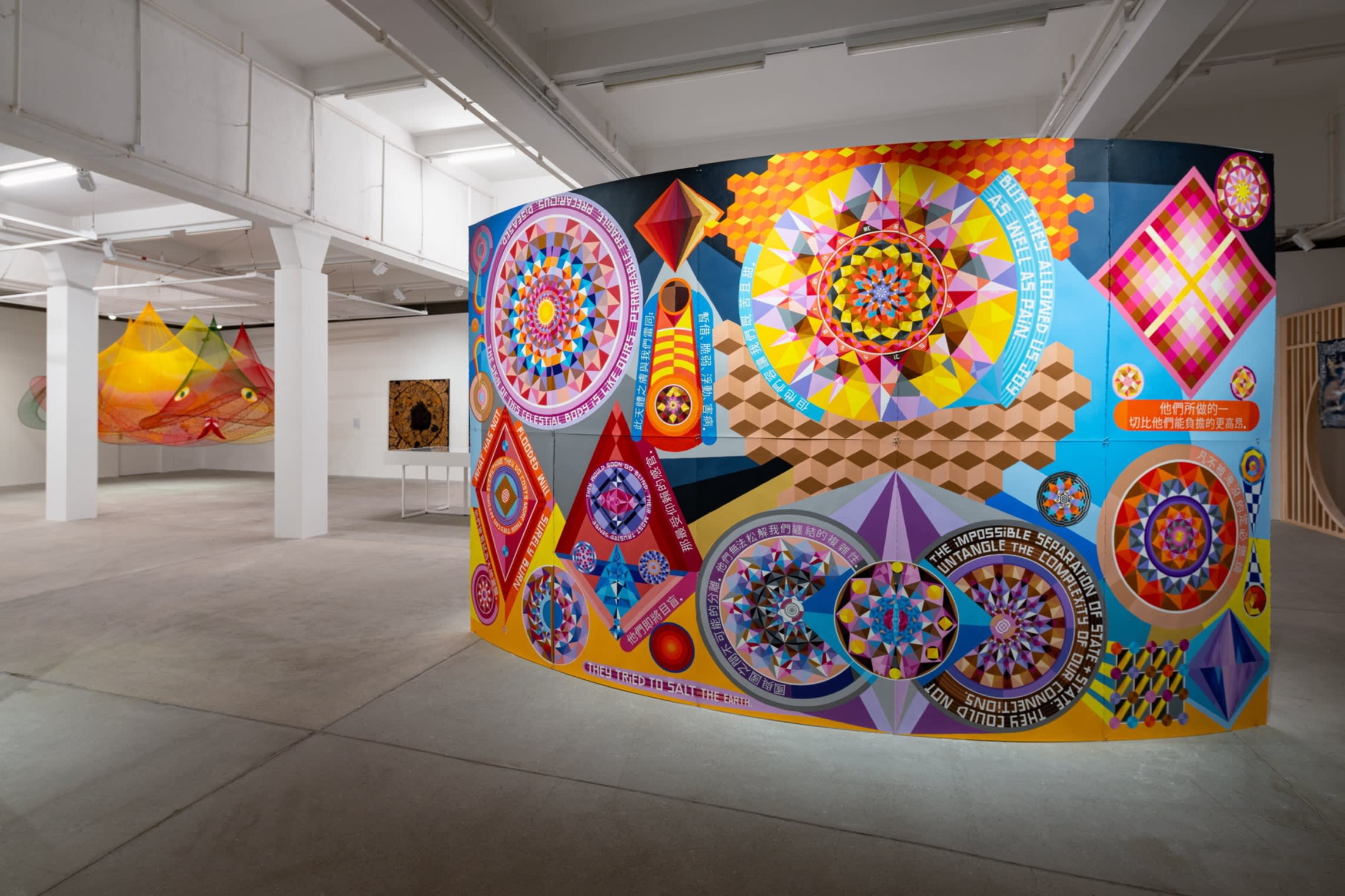
Li was heartened by the unexpected response. “Some people told me that you may not have been able to show this in some states in the US, but we had no complaints,” he says. “We are not afraid of controversy,” he adds. But at the same time, he does not want to generate controversy simply to gain attention. “We should know why we are doing things. That’s not only us. It applies to every museum today.”
